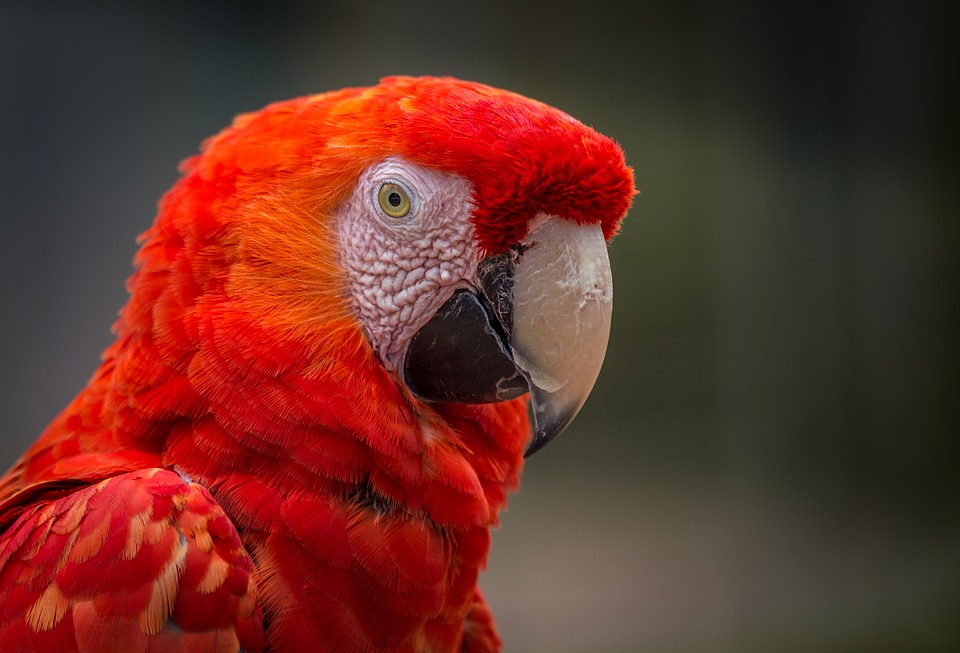Parrots are beautiful and intelligent creatures that captivate us with their vibrant colors and ability to mimic human speech. However, to truly appreciate and care for these magnificent birds, it is essential to understand their behavior and the dynamics of their natural social structure. In this article, we will explore the fascinating world of parrot behavior, with a focus on flock dynamics and insights into commonly asked questions.
Parrots are inherently social animals, forming tight-knit communities in the wild. They engage in various social behaviors, such as grooming, playing, and vocalizing, to maintain strong bonds within their flock. These social interactions serve important functions, including establishing hierarchy, sharing resources, and providing support to one another.
Understanding flock dynamics is crucial for the well-being of parrots. Within a flock, there is a dominance hierarchy that helps maintain order and reduce conflicts. Each member has a specific rank, which determines their access to resources and influences their behavior within the group. Parrots rely on this social structure to feel secure, establish trust, and fulfill their social needs.
For captive parrots living in human households, the absence of natural flock dynamics can lead to behavioral issues. These can include aggression, excessive vocalization, and self-destructive behaviors. As responsible parrot owners, it is important to understand and simulate flock dynamics to provide an enriched environment for our feathered companions.
Dominance hierarchy plays a significant role within a parrot flock. Dominant individuals have priority access to food, mates, and preferred perching spots. Understanding this hierarchy helps prevent conflicts and allows for a more harmonious coexistence among flock members.
Communication is essential in parrot social interaction. Parrots use vocalizations, body language, and physical contact to convey messages. Vocalizations can communicate various meanings, such as calling for attention, expressing happiness, or warning of potential danger. Body language, including feather display, postures, and eye contact, also plays a crucial role in parrot communication. Through these means, parrots establish and strengthen social bonds within their flock.
Mating and reproduction are vital aspects of parrot behavior. Parrots form long-term pair bonds within their flock and often mate for life. They engage in elaborate courtship displays, vocalizations, and mutual preening to strengthen their bond. Understanding their natural mating behaviors is important for providing appropriate nesting opportunities and reproductive stimulation for captive parrots.
Parrots have a vast repertoire of vocalizations, ranging from melodic songs to loud squawks. Each vocalization carries a specific meaning, such as calling for attention, expressing happiness, or warning of potential danger. Familiarizing yourself with these vocalizations will enable better communication and understanding between you and your parrot.
Body language and postures also play a significant role in parrot behavior. Raised crest feathers often indicate excitement or curiosity, while fluffed feathers may signify relaxation or contentment. Understanding these subtle cues will help you gauge your parrot’s emotional state and respond accordingly.
Parrots are natural foragers, spending a significant portion of their day searching for food. Providing opportunities for foraging and enrichment not only satisfies their natural instincts but also helps alleviate boredom and prevent behavioral issues. Incorporating foraging toys and hiding food within their environment can promote mental stimulation and mimic their natural feeding behaviors.
Environmental factors, such as enrichment, diet, and housing, also influence parrot behavior. Enrichment is vital for their physical and mental well-being, as it prevents boredom and encourages natural behaviors. A balanced and nutritionally-rich diet is crucial for their overall health and can have a direct impact on their behavior. Adequate space and appropriate housing are essential for their well-being, allowing them to engage in natural behaviors and promoting foot health.
To address commonly asked questions, it is important to note that signs of stress or anxiety in parrots include excessive vocalization, feather plucking, aggression, decreased appetite, and repetitive behaviors. Providing a companion for your parrot can be beneficial, but individual preferences and compatibility should be considered. Excessive screaming can be reduced by addressing the underlying cause, providing mental and physical stimulation, and rewarding desired behaviors. Positive reinforcement training techniques, such as clicker training, are effective for modifying parrot behavior. Aggression in parrots can be managed by identifying triggers and consulting with a qualified avian behaviorist.
In conclusion, understanding parrot behavior, particularly flock dynamics, is crucial for providing optimal care and ensuring the well-being of these magnificent birds. By simulating their natural social structure, providing mental and physical stimulation, and addressing their specific needs, we can create a harmonious environment for our feathered companions.









